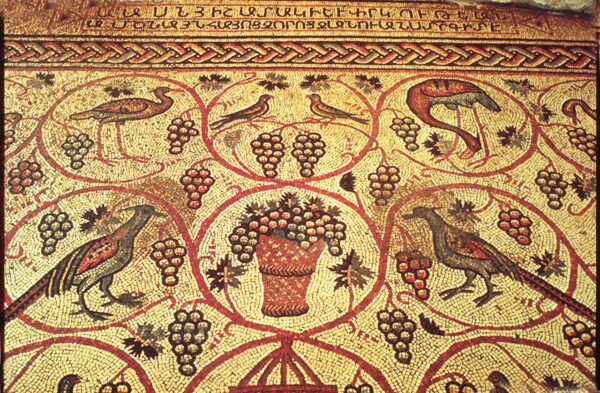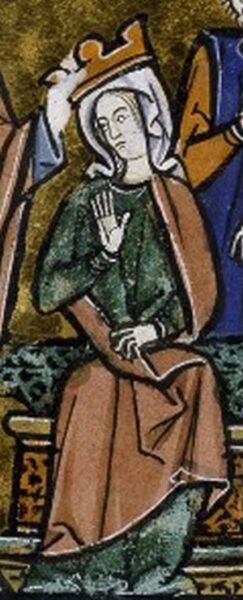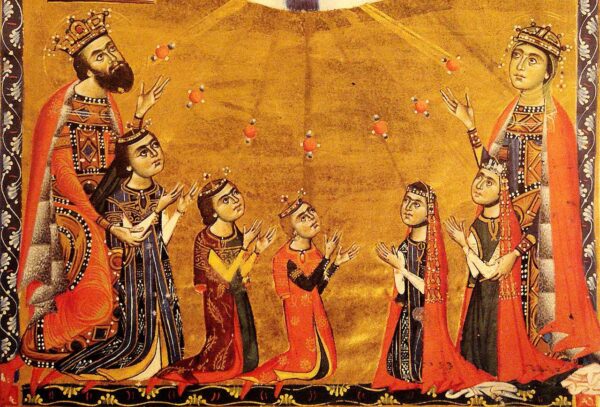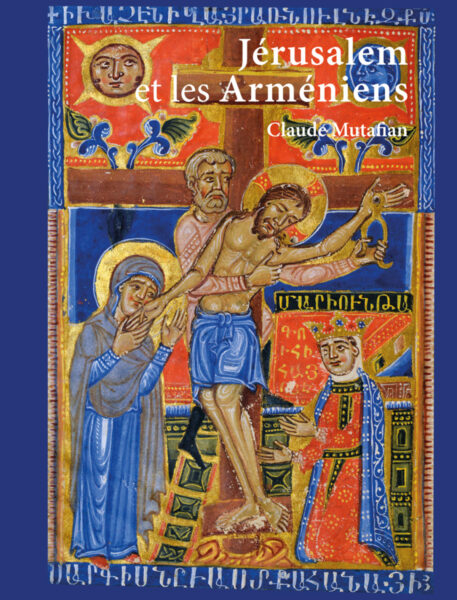BELMONT, Mass. — The National Association for Armenian Research and Studies (NAASR) hosted an online webinar lecture on the history of the Armenian connection with Jerusalem on January 13 with Prof. Claude Mutafian of Paris, the noted French mathematician turned history scholar.
Mutafian taught mathematics in French universities as well as around the world for more than 40 years; but always with a passion for history, he has conducted a significant amount of research and writing in this field as well, obtaining a PhD from the Sorbonne in 2002 with a thesis on the “Armenian Diplomacy in the Levant During the Crusades.” The period of the Armenian Kingdom of Cilicia and its relation with the Crusaders is his area of specialty, and the role of Armenians in Jerusalem forms a major part of the history of that era.
The lecture, titled “Jerusalem and the Armenians: Until the Ottoman Conquest (1516),” was co-sponsored by NAASR (Belmont, MA), the Ararat-Eskijian Museum (Los Angeles) and the UCLA Promise Armenian Institute. Marc Mamigonian of NAASR and Maggie Goschin of the Ararat-Eskijian Museum introduced Mutafian, who spoke via Zoom from France.

Early Armenian Connections to Jerusalem
Mutafian stated that the Armenian people seem to have been “obsessed” with the holy city of Jerusalem since the nation’s conversion to Christianity in the 4th century. As an example of this, he explained that almost every important figure in the history of Armenia, until the late Middle Ages, seems to have had a desire to make the trip to Jerusalem. St. Gregory the Illuminator, after converting Armenia to Christianity; Mesrob Mashtots, after inventing the Armenian alphabet; and Movses Khorenatsi, after writing one the first complete histories of Armenia all travelled to Jerusalem, Mutafian stated.
He also pointed out that the Old City of Jerusalem is divided into four quarters: Jewish, Christian, Muslim, and Armenian; the fact that Armenians have their own quarter rather than being a part of the Christian Quarter is more proof of the importance of Armenians in the history of that city. He also discussed the opening of the new Mardigian Armenian Museum near the Zion Gate. He was a consultant on this project, and it gave him the occasion for the publication of his new book, Jerusalem et Les Armeniens: Jusqu’a La Conquette Ottomane, 1516 (Jerusalem and the Armenians: Until the Ottoman Conquest, 1516), which was the basis for the lecture.













